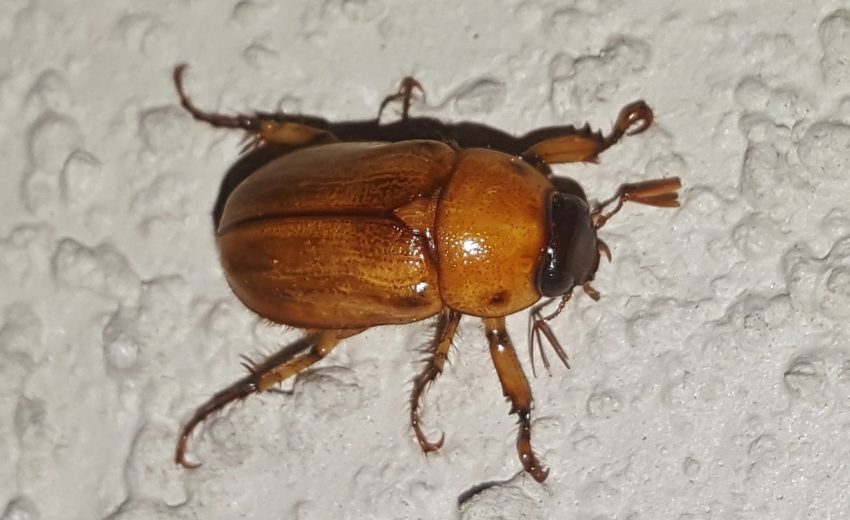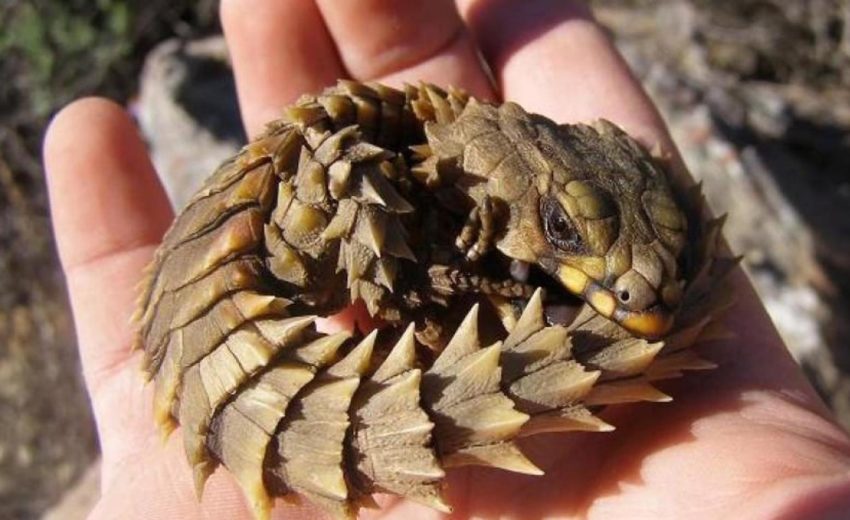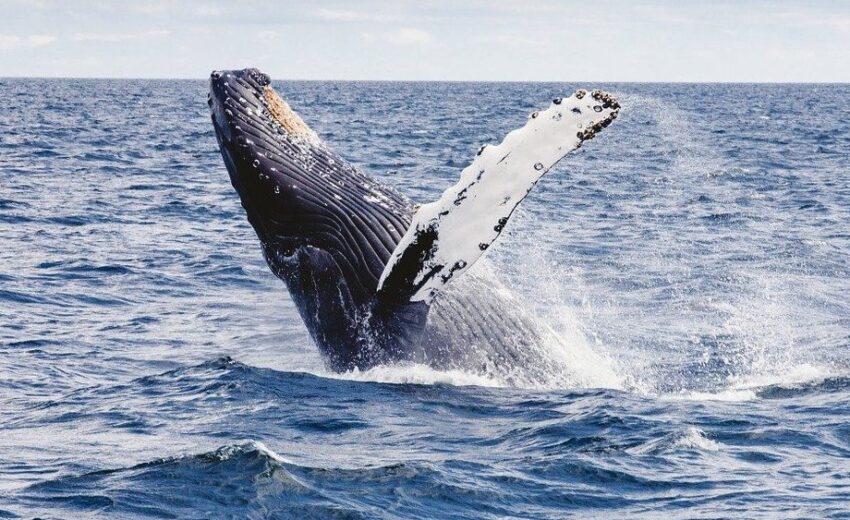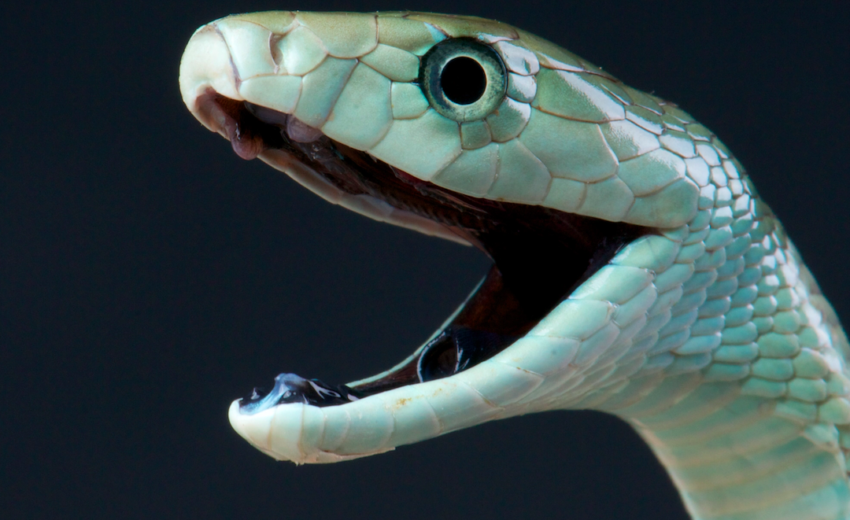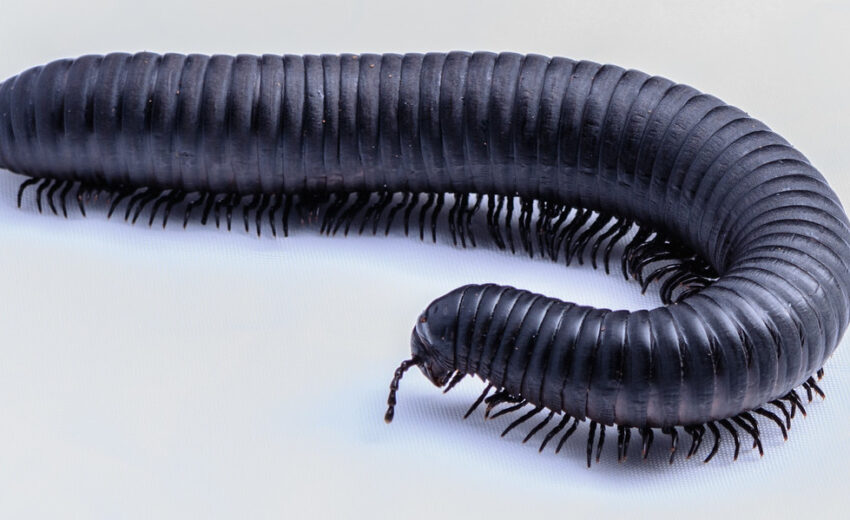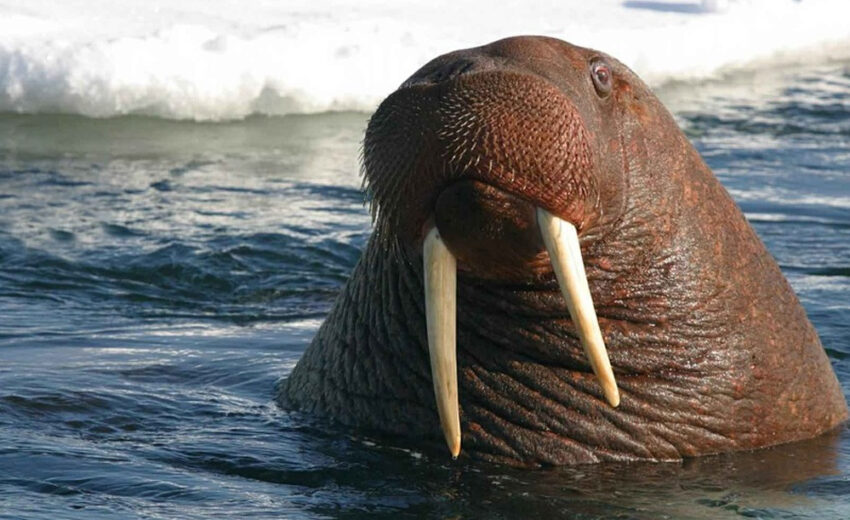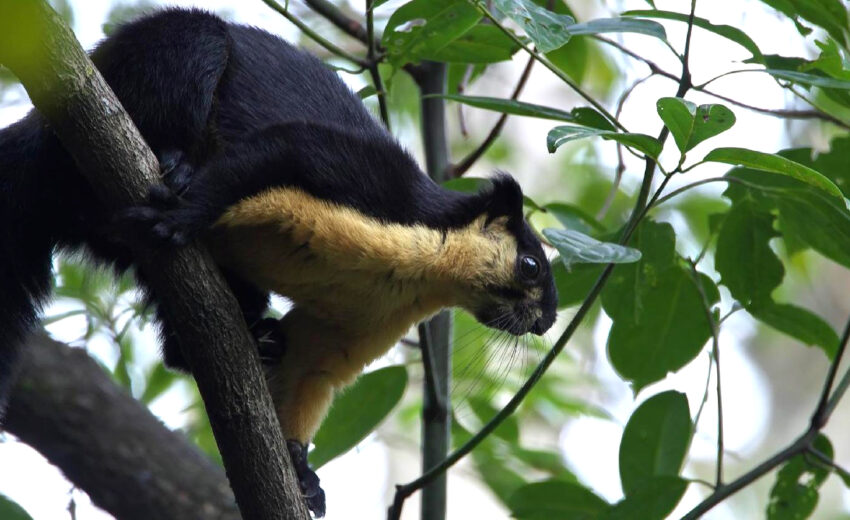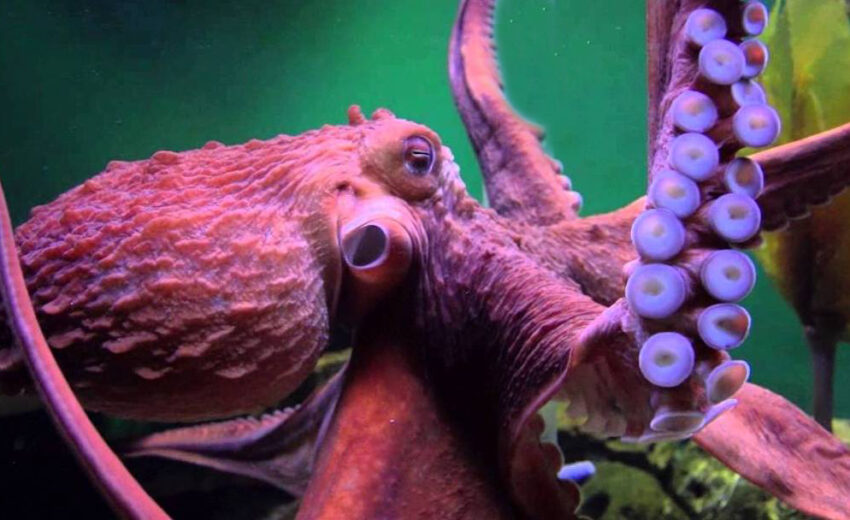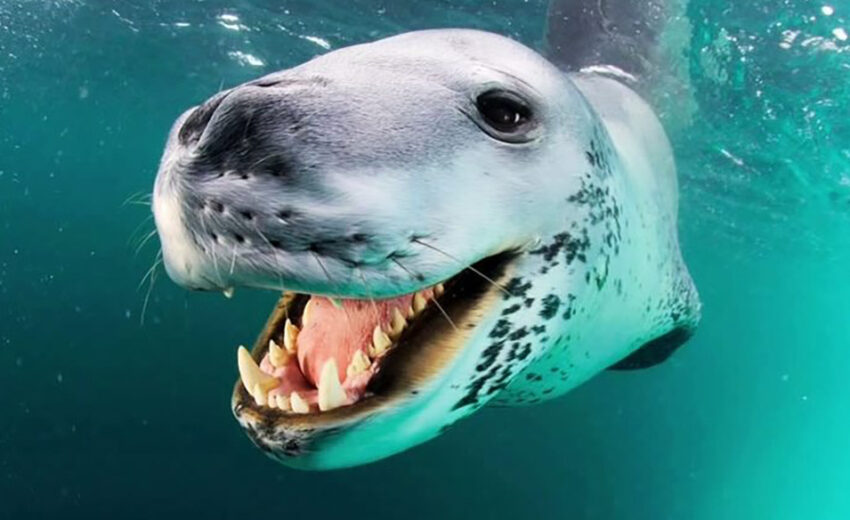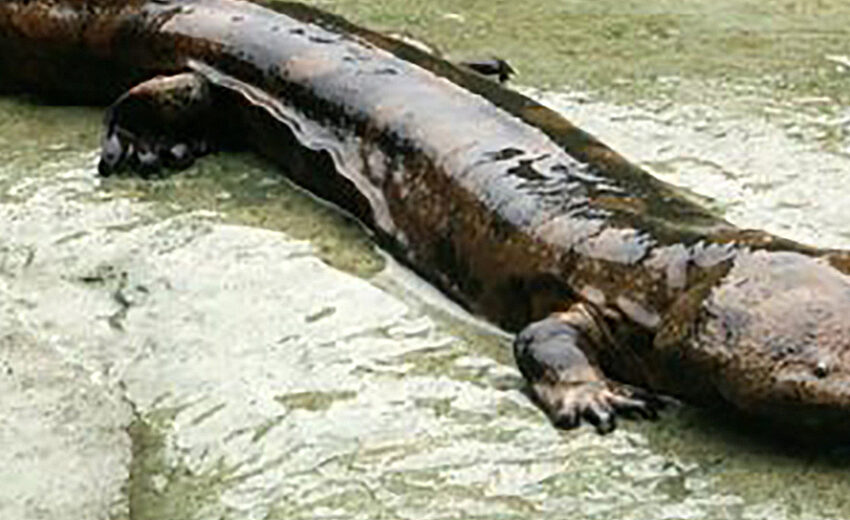Ah yes, the June bug. They emerge at the end of spring and the beginning of summer and spend all night bumping into walls, lights, and you! June bugs spend most of their lives as
- Zoology
- Daily Critter Facts
- For Teachers
- Study Guides
- Diseases & Parasites
- Contact


